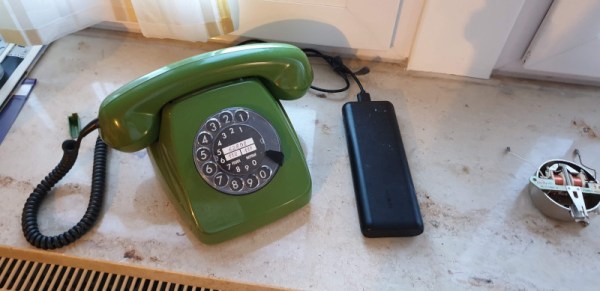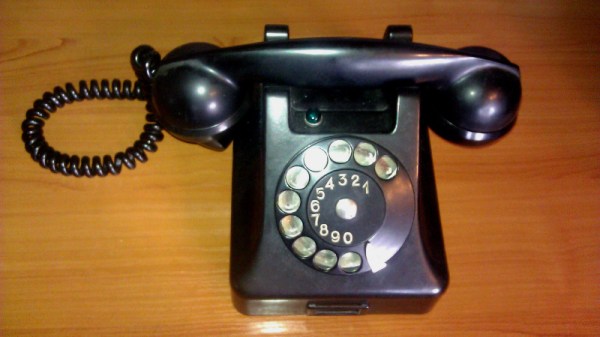Rotary dial phones have a certain romantic charm about them; something never quite captured in the post-Touch Tone era. With landline phone services less popular than ever, these old workhorses aren’t really cut out for daily use anymore. However, with a modern brain transplant, they can still get the job done just fine.
[Xabier Zubizarreta] has undertaken to retrofit his FeTAp-611 rotary phone with a Bluetooth rig, allowing it to be used with smartphones to place and receive calls. A Raspberry Pi Zero W serves as the brains of the operation, chosen for its compact size and onboard Bluetooth and WiFi. Getting the Pi to work effectively with an Android phone as a Bluetooth audio device requires some trickery, but it’s nothing that can’t be fixed by custom compiling a few off-the-shelf tools. [Xabier]’s next big hurdle is finding a tidy way to generate a 30 VAC signal to drive the original ringer, something that proves difficult for most similar projects.
We love to see these telecommunication relics kept ticking, so if you happen to be building a vintage telephone exchange in your garden shed – be sure to let us know.













